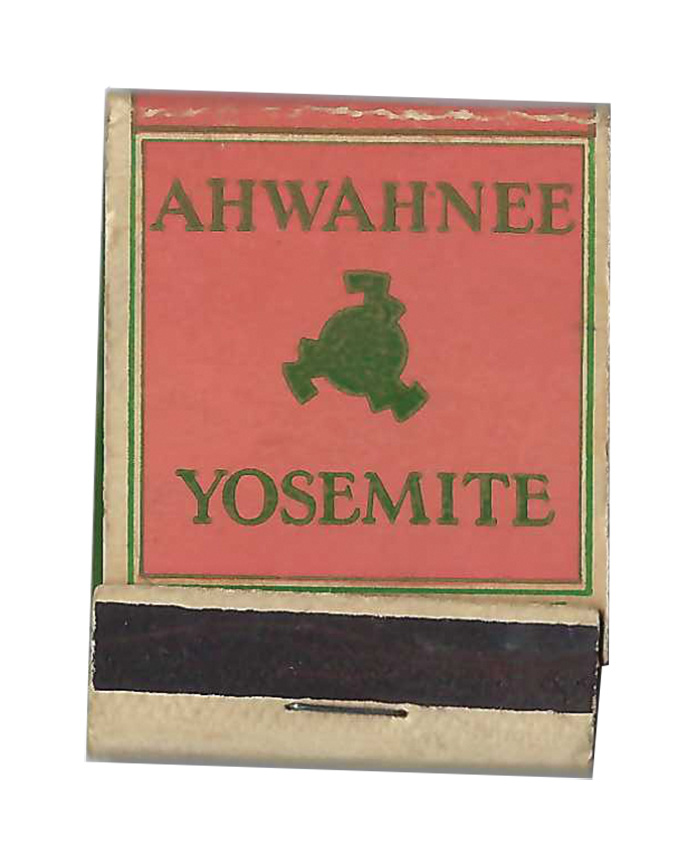
Dorri Partain
Contributor
Yosemite National Park draws visitors from across America and around the world to view nature’s wonders, but not everyone wants to camp in a rustic setting.
The Ahwahnee Lodge was conceived as luxury accommodations and built within view of Yosemite Falls, Half Dome and Glacier Point. Designed by architect Gilbert Stanley Underwood, the lodge was constructed with 5,000 tons of granite, 1,000 tons of steel, and 30,000 ft. of lumber, but blends gracefully into its natural setting.
The lodge takes its name from the Yosemite tribe that once inhabited the area, with Ahwahnee translating into “large mouth” to describe the valley landscape.
When the lodge opened its doors to travelers on July 14, 1927, they were greeted by an amazing display indoors as well. Designers Arthur Pope and Phyllis Ackerman had commissioned numerous local artists to provide artwork that included patterned floors, painted murals and stained glass based on motifs used by Native Americans.
One of those artists, Jeanette Dyer Spencer (1892-1986), created 10 stained glass panels for the lodge’s Great Lounge, painted a mural above the lobby fireplace, and designed the logo as shown on this early matchbook.
Taken from a basket weave design known as “Three-legged Man” – as in a man running so fast it looks like he has three legs – the motif also features predominantly in the design of the china serving ware used in the lodge’s formal dining room.
Spencer’s art contributions proved to be so popular she was asked to serve as the lodge’s interior designer, where her work continues to be showcased.
The Ahwahnee has 99 guest rooms and numerous amenities for guests and visitors alike. Tours are offered so that even those who can not afford the lodge’s exclusivity may view its artwork and architecture.
The building acquired status as a National Historic Landmark in 1987.


















